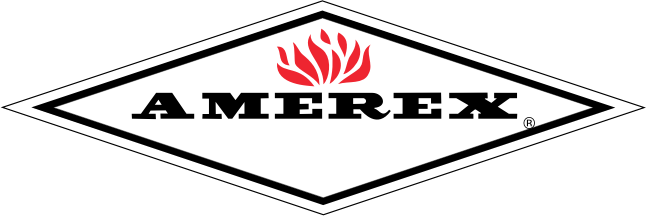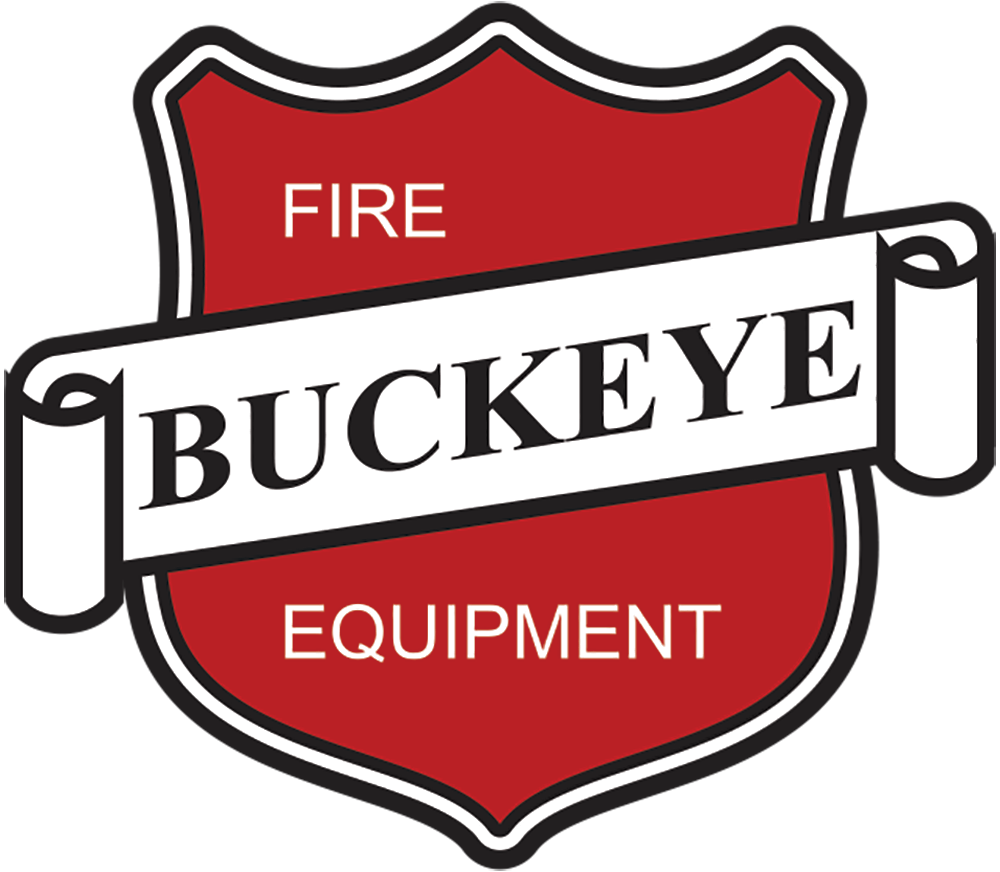Keeping your business safe requires more than locking the doors at night. Fire risks can pose a serious threat to your operations, employees, and assets. Commercial fire alarm systems play a vital role in managing these risks, offering more control and protection for business owners and employees. Learn how commercial fire alarm installation enhances security and contributes to smoother operations.
Understanding the Installation Process
Before focusing on the benefits of fire alarms, it’s important to understand what these systems are made of and how they are installed.
Components of a Commercial Fire Alarm System
A commercial fire alarm system consists of the following components that work together to detect hazards and alert occupants:
Smoke detectors, heat detectors, and flame sensors to identify fire threats.
Strobes, bells, and speakers to communicate clear and immediate alerts.
A central hub to manage signals from detectors and coordinate responses.
Backup power supplies to ensure the system operates continuously during power outages.
The Installation Process
The installation process begins with a thorough assessment of the facility to identify fire risks and determine proper device placement for maximum coverage. Certified professionals then wire, mount, and program the system according to the building’s specifications and local fire codes.
After installation, the specialists rigorously test the fire alarms to verify that all components work and meet compliance standards. Routine maintenance and inspections are essential post-installation to keep the system operational.
Detecting Fires Early
Time is the most critical factor in any emergency, and fire alarms excel at detecting threats long before they spiral out of control. Advanced fire alarm systems use state-of-the-art sensors to identify smoke, heat, or flames quickly. This immediate detection allows businesses to act swiftly, often preventing the fire from spreading and causing irreparable damage.
For business owners and facility managers, this capability could mean the difference between a minor incident and a catastrophic fire. Early detection allows firefighters and first responders to be notified promptly, reducing the risk of severe structural damage.

Safeguarding Building Occupants
Ensuring the safety of employees and visitors should always remain a top priority for businesses. Commercial fire alarms safeguard personnel by providing clear and timely alerts during emergencies, giving occupants ample time to exit the building safely.
Fire alarms protect employees, customers, and other occupants from the following dangers:
Exposure to harmful smoke and toxic gases, which can cause respiratory issues or suffocation.
Direct contact with flames, which can result in severe burns or injuries.
Structural collapse caused by weakening of the building’s integrity during a fire.
Reduced visibility due to thick smoke, which can hinder safe evacuation.
Electrical hazards from exposed wiring or melted components during a fire.
Modern systems are equipped with features like audio notifications and visual signals, such as strobes, to alert everyone inside to evacuate. These alerts play a crucial role in preventing injuries or worse.
Tips on Fire Safety Exit Plans
While a fire alarm system is essential for promptly signaling occupants to evacuate, having a well-defined exit strategy is crucial to guide employees and visitors on the fastest and safest routes to exit. To create a fire safety exit plan, start by identifying all possible exit routes, including secondary options, and make sure they are unobstructed and clearly marked. Then, post evacuation maps in prominent areas throughout the building, showing routes and assembly points. Finally, mandatory fire drills should be conducted to familiarize employees with the plan and assess its effectiveness.
Protecting Assets
Commercial fire alarm systems enhance security by prompting immediate action to protect business assets, including inventory, equipment, and technology. A fire can destroy these valuable items in a matter of minutes, leading to significant financial losses.
When an alarm is triggered, advanced systems can even activate fire suppression devices, such as sprinklers, to extinguish fires before they cause widespread harm. This proactive approach keeps investments better protected, sparing businesses from significant downtime and replacement costs.
Integrating With Security Systems
Many commercial setups can integrate seamlessly with other security measures, including surveillance cameras and access control systems. This interconnected network offers a more comprehensive approach to safety and risk management.
Here are some benefits of integrating fire alarms with security systems or access control systems:
Surveillance cameras can provide real-time footage of the fire, helping first responders assess the situation and determine the best course of action.
Access control systems can restrict access to certain areas during a fire, ensuring everyone evacuates safely and minimizing potential obstacles for firefighters.
Doors can be automatically unlocked during an evacuation to allow for a smooth and efficient exit, reducing the risk of bottlenecks or trapped individuals.

Complying With Safety Regulations
Meeting fire safety regulations is a legal obligation for all businesses. Fire alarm services ensure that newly installed systems comply with local and national safety codes, helping businesses avoid hefty fines, lawsuits, or forced closures.
Fire alarm safety regulations establish clear guidelines for the installation, maintenance, and functionality of fire alarm systems. These regulations are typically derived from national standards, such as those set by the National Fire Protection Association (NFPA), and local building codes and fire departments further enforce them.
Minimizing Downtime
A fire incident can disrupt business operations for days, weeks, or longer, leading to significant losses in productivity and revenue. Commercial fire alarms help reduce downtime by allowing for faster response and recovery times during emergencies. By triggering immediate notifications and alerting emergency services promptly, fire alarm systems minimize the extent of fire damage. With reduced destruction, businesses can resume normal operations more quickly.
Fire alarm systems also play a crucial role in streamlining the process of filing insurance claims after a fire incident. By providing detailed event logs and data, these systems offer accurate documentation of the incident, which can be essential for verifying claims. Organized and reliable information reduces disputes with insurers and accelerates the approval process, helping businesses recover faster.
Fire alarms are indispensable for safeguarding lives, property, and business continuity. They minimize damage and improve emergency responses by providing prompt alerts about fire risk. In addition to simplifying recovery, these systems also facilitate smoother insurance claims with precise incident data. This means that investing in a robust fire alarm system is a vital element for long-term business resilience and safety.



